
Starting June 1st, 2023 Our warehouse fee will be $0.65/cubic foot per month
In effort to lower the warehouse storage fee during inflation, we have went narrow aisle racking.This construction took us four months but the project is finally completed. With narrow aisle racking, we are able to drop storage by 24%.We as partners will go through this inflation together.
10/03/2023
At the most fundamental level, supply chain management (SCM) is management of the flow of goods, data, and finances related to a product or service, from the procurement of raw materials to the delivery of the product at its final destination.
Although many people equate the supply chain with logistics, logistics is actually just one component of the supply chain. Today’s digitally based SCM systems include material handling and software for all parties involved in product or service creation, order fulfillment, and information tracking―such as suppliers, manufacturers, wholesalers, transportation and logistics providers, and retailers.
Supply chain activities span procurement, product lifecycle management, supply chain planning (including inventory planning and the maintenance of enterprise assets and production lines), logistics (including transportation and fleet management), and order management. SCM can also extend to the activities around global trade, such as the management of global suppliers and multinational production processes.
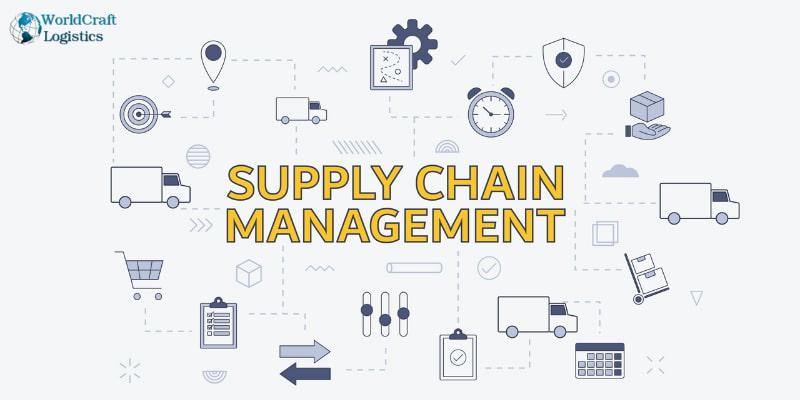
The supply chain is the most obvious “face” of the business for customers and consumers. The better and more effective a company’s supply chain management is, the better it protects its business reputation and long-term sustainability.
IDC’s Simon Ellis in The Path to a Thinking Supply Chain¹ defines what is supply chain management by identifying the 5C of the effective supply chain management of the future:
Connected: Being able to access unstructured data from social media, structured data from the Internet of Things (IoT) and more traditional data sets available through traditional ERP and B2B integration tools.
Collaborative: Improving collaboration with suppliers increasingly means the use of cloud-based commerce networks to enable multi-enterprise collaboration and engagement.
Cyber-aware: The supply chain must harden its systems and protect them from cyber-intrusions and hacks, which should be an enterprise-wide concern.
Cognitively enabled: The AI platform becomes the modern supply chain's control tower by collating, coordinating and conducting decisions and actions across the chain. Most of the supply chain is automated and self-learning.
Comprehensive: Analytics capabilities must be scaled with data in real time. Insights will be comprehensive and fast. Latency is unacceptable in the supply chain of the future.
Many supply chains have begun this process, with participation in cloud-based commerce networks at an all-time high and major efforts underway to bolster analytics capabilities.
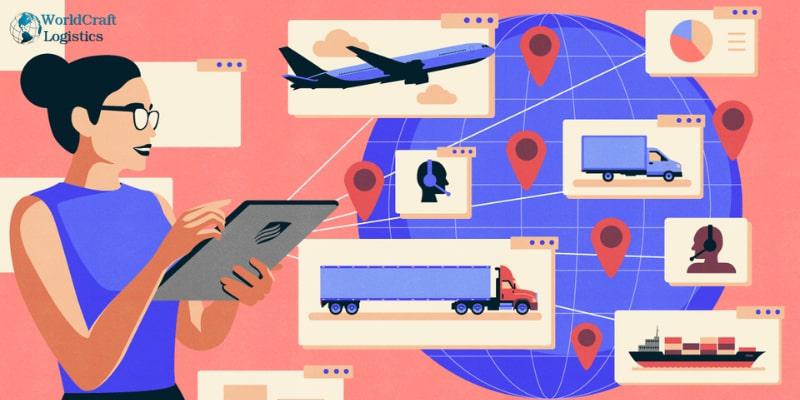
Supply chain management (SCM) represents an effort by suppliers to develop and implement supply chains that are as efficient and economical as possible. Supply chains cover everything from production to product development to the information systems needed to direct these undertakings.
Typically, SCM attempts to centrally control or link the production, shipment, and distribution of a product by air or ocean freight service. By managing the supply chain, companies can cut excess costs and deliver products to the consumer faster. This is done by keeping tighter control of internal inventories, internal production, distribution, sales, and the inventories of company vendors.
SCM is based on the idea that nearly every product that comes to market results from the efforts of various organizations that make up a supply chain. Although supply chains have existed for ages, most companies have only recently paid attention to them as a value-add to their operations.
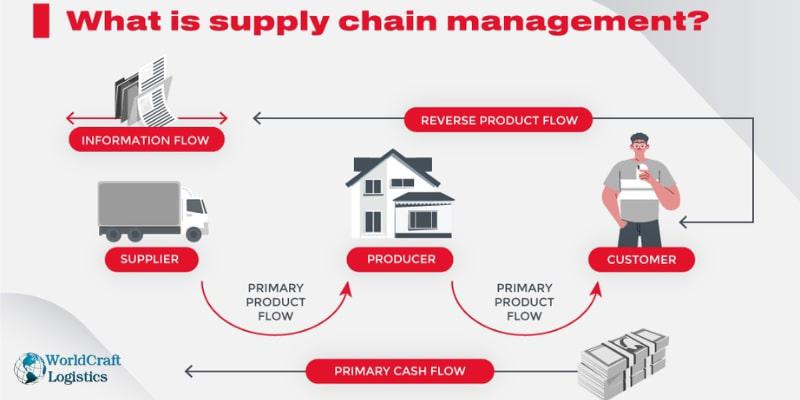 Articles you may be interested in:
Articles you may be interested in:
Supply chain management helps companies manage the flow of goods from start to finish. As such, the term is incredibly broad and encompasses a wide range of operations. The benefits of supply chain management are similarly extensive. However, here are six positive outcomes of effective supply chain management.
Increased Customer Satisfaction
Benefits of Supply Chain Management and Inventory Management
Improved Quality Control
Lower Costs
Optimized Distribution
Improved Labor Optimization
The supply chain manager tries to minimize shortages and keep costs down. The job is not only about logistics and purchasing inventory. According to Salary.com, supply chain managers “oversee and manage overall supply chain and logistic operations to maximize efficiency and minimize the cost of organization's supply chain.
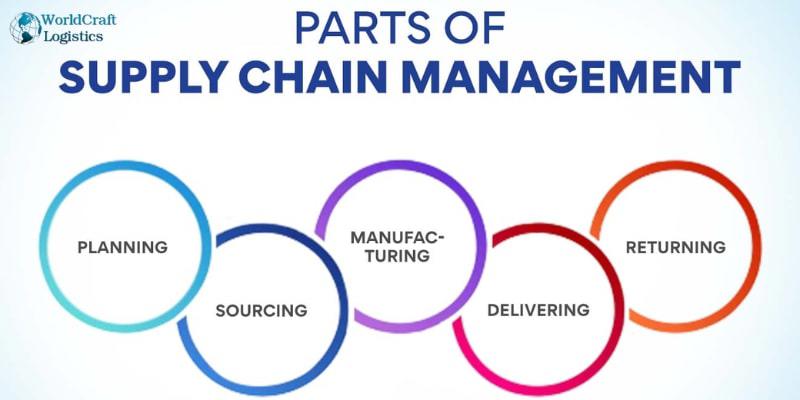
Productivity and efficiency improvements can go straight to the bottom line of a company. Good supply chain management keeps companies out of the headlines and away from expensive recalls and lawsuits. In SCM, the supply chain manager coordinates the logistics of all aspects of the supply chain which consists of the following five parts.
To get the best results from SCM, the process usually begins with planning to match supply with customer and manufacturing demands. Firms must predict what their future needs will be and act accordingly. This relates to raw materials needed during each stage of manufacturing, equipment capacity and limitations, and staffing needs along the SCM process. Large entities often rely on ERP system modules to aggregate information and compile plans.
Efficient SCM processes rely very heavily on strong relationships with suppliers. Sourcing entails working with vendors to supply the raw materials needed throughout the manufacturing process. A company may be able to plan and work with a supplier to source goods in advance. However, different industries will have different sourcing requirements.
At the heart of the supply chain management process, the company transforms raw materials by using machinery, labor, or other external forces to make something new. This final product is the ultimate goal of the manufacturing process, though it is not the final stage of supply chain management. For example, if a company is using more raw materials than planned and sourced for due to a lack of employee training, the firm must rectify the issue or revisit the earlier stages in SCM.
Once products are made and sales are finalized, a company must get the products into the hands of its customers. The distribution process is often seen as a brand image contributor, as up until this point, the customer has not yet interacted with the product. In strong SCM processes, a company has robust logistic capabilities and delivery channels to ensure timely, safe, and inexpensive delivery of products.
The supply chain management process concludes with support for the product and customer returns. Its bad enough that a customer needs to return a product, and its even worse if its due to an error on the company's part. This return process is often called reverse logistics, and the company must ensure it has the capabilities to receive returned products and correctly assign refunds for returns received. Whether a company is performing a product recall or a customer is simply not satisfied with the product, the transaction with the customer must be remedied.
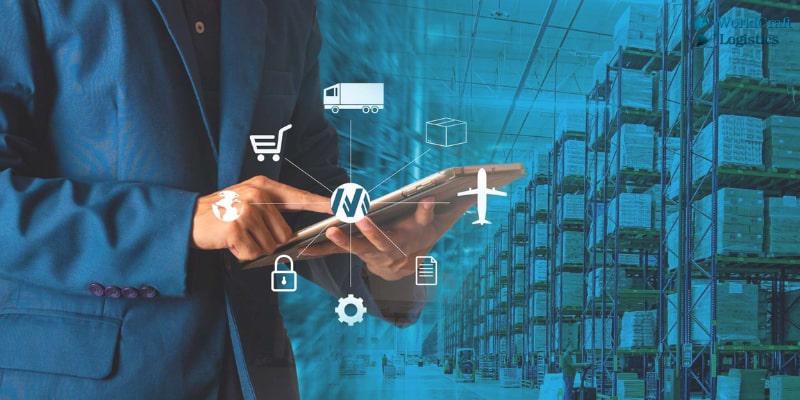
Today’s supply chain is broad, deep, and continually evolving, which means that it must be agile to be effective. In the past, supply chains met enterprise and customer needs through a beginning-to-end model that was largely unaffected by change. Consumers now have multiple choices in how they purchase products—in stores, online, and more. They’ve also come to expect increasing levels of customization. An agile supply chain can deliver on those expectations.
Supply chain sourcing has become very fluid. For example, geopolitical and economic developments can substantially impact the manufacturing supply chain. If a manufacturer needs aluminum and can’t get it from one supplier due to a trade policy, that manufacturer must be able to quickly pivot to source the aluminum elsewhere. The ability to rapidly reconfigure your supply chain is essential to successfully addressing this type of scenario. Agility is crucial to achieving these types of real-time reconfigurations.
Challenges in the supply chain extend beyond efficiency and cost management issues. Changing circumstances can impact regulatory compliance as well. Your SCM system must be flexible enough to mitigate all the impacts that are generated by changes in the supply chain, including changing and varied regulatory requirements. An intelligent SCM system can help you be more efficient and reduce costs while remaining compliant with a variety of ever-changing legal mandates.
In the context of global economic integration, businesses aim to optimize the supply chain to cut costs of goods and inventory to boost profits. If you choose to pursue the supply chain industry, it means you are holding countless attractive and diverse career development opportunities.
For example, you can become: expert in forecasting supplies, production planning, inventory management, logistics, project management, purchasing, coordinating raw material sources, import-export, etc. After a few years Accumulate enough work experience to help you advance to higher positions such as: Purchasing Manager, Planning Manager, Inventory Manager, Department Head Strategic Sourcing Manager.
Supply chains have been around for a long time, starting with the first product or service that was created and sold. The era of industrialization 4.0 makes SCM more complex, allowing companies to produce and deliver goods and services more efficiently.
Today's supply chain focuses on managing data, services and products packaged in solutions. The modern supply chain management system is upgraded to the maximum, optimizing performance and achieving extremely high profits.
Someone once said that “customer experiences live and die in the supply chain” - This is the future trend. Customer loyalty is predicated on a business being able to quickly and accurately meet customer expectations. To do this, companies must see their supply chain through the eyes of their customers. It's not simply about getting orders to customers on time; it's about doing things at the right time before, during and after order delivery.

Establishing and running a global supply chain is a complex activity, and using the wrong supply chain model can expose an enterprise to risks and disruptions, increasing costs and potentially damaging the brand. Selecting the right model for your business requirements is thus a critical task.
Here are six types of supply chain models that can drive supply chain management for a business:
This is one of the most traditional models on the list. The continuous flow model is the best choice for industries and businesses that operate with stability. Stability is essential for this model because it is required on both ends, i.e. at the manufacturer and the buyer.
This model is well-suited for businesses that produce a uniform set of goods and can expect a stable level of demand from the market. As the name suggests, goods are in continuous flow in this model, and it is based on the stability of supply and demand in the market. The systems in this type of supply chain management method are aligned so that a continuous flow of goods can be ensured.
The fast chain model is one of the new names in supply chain strategies. It is suitable for businesses that have product lines with short life cycles. For instance, a fashion designer might have a specific line of designs in a season. The business needs to take the fashion line to the market to maximize returns, as it is usually based on current trends. As supply chain efficiency can increase a business’s competitive edge, this model is usually considered the best among the several types of supply chain integration.
The efficient chain model has been crafted for hyper-competitive industries. Under this model, the end goal is to maximize efficiency. Following the efficient chain model, the organization is expected to create proper production forecasts so that it can prepare machinery and raw materials accordingly.
The biggest drawback of this model is that a disruption in the production or sales cycle can create a lot of ripple effects across the supply chain network. For instance, challenges like labor shortages or raw material shortages could cause long delays, and the organization may have to bear additional costs due to the delay in supply.
The agile model is well-suited for businesses dealing with specialty items where products may require extra care in the supply chain. This model is usually fine-tuned for the product that it is being used for. The agile model is known for the expertise it requires to transport the goods from point A to point B and not so much for the automation or technology involved.
The custom-configured model needs custom setups in the assembly and production stages. It is a mix of agile and continuous flow methods where the product that is being manufactured may require some extra customization, but it needs to operate on an end-to-end basis.
The flexible model can handle high demand during peak season and quickly adjust to a lean period with low demand. To run a flexible model efficiently, a business requires the right supply chain management software and the right people with the knowledge base to operate a flexible model with high efficiency.
Having the right supply chain model in place is as important as having the right people, processes and technology to manage the supply chain. It enables an enterprise to improve efficiency and can help it build resilience to disruptions and mitigate exposure to various risks. With the right model, companies can turn their supply chains into a competitive advantage.
Technology is critical in managing today's supply chains, and ERP vendors offer modules that focus on key functions within SCM. There are also business software vendors that focus specifically on SCM. A few important areas to note include the following:
Supply chain planning software for activities such as demand management
Supply chain execution software for activities such as day-to-day manufacturing operations
Supply chain visibility software for tasks such as spotting and anticipating risks and proactively managing them
Inventory management software for tasks such as tracking and optimizing inventory levels
Logistics management software and transportation management systems for activities such as managing the transport of goods, especially across global supply chains
Warehouse management systems for activities related to warehouse operations.
The best supply chain management software in 2023 according to Forbes rankings include:
Shippabo: Best overall
Magaya Supply Chain: Best for automation
FreightPOP: Best for shipping
Precoro: Best for approval workflows
Supplier Chain Management Software by Intelex: Best for supplier onboarding
Supply Chain Management and related questions (FAQ)
Avoiding out-of-stock situations is really important, to prevent out-of-stock situations from happening in the first place:
Reordering requires time to prepare goods.
Simplify the supply chain
Implement responsive supply chain management techniques
Focus on more accurate demand estimates
Monitor market trends
Check your logistics companies carefully.
Find an order fulfillment company that has inventory management software
A good supply chain employee must have excellent communication and customer service abilities. Use these skills when regularly meeting and negotiating with suppliers. A professional and polite attitude should be maintained, which leads to a strong, trusting relationship with them.
Necessary because of natural conditions, supply needs can change at any time. You should follow the news on your computer and learn how to use management software to integrate all activities from a single dashboard.
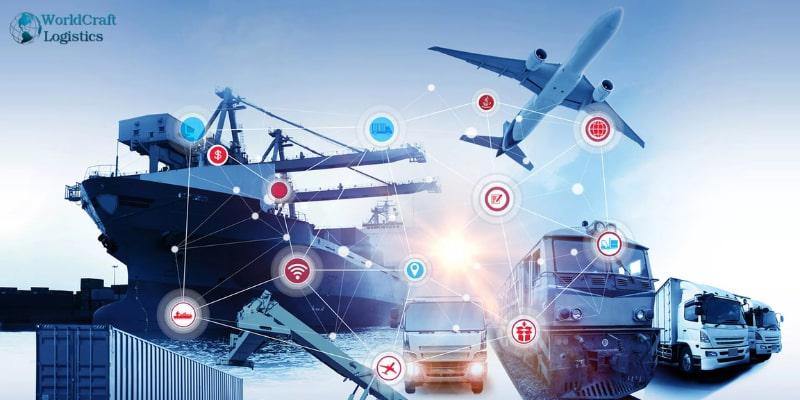
To summarize, Worldcraft Logistics through this article answers the question What is Supply Chain Management? and provide specific information about the term Supply Chain Management (SCM). Wishing readers to receive a lot of new knowledge and gain experience in the industry leading current trends. Stay tuned for the next topics with Worldcraft Logistics in the near future.
SEO
Digital Marketing/SEO Specialist
Simon Mang is an SEO and Digital Marketing expert at Wordcraft Logistics. With many years of experience in the field of digital marketing, he has shaped and built strategies to effectively promote Wordcraft Logistics' online presence. With a deep understanding of the logistics industry, I have shared more than 500 specialized articles on many different topics.

Education
01/05/2025

Education
02/18/2025

Education
01/01/2024

Education
08/28/2024
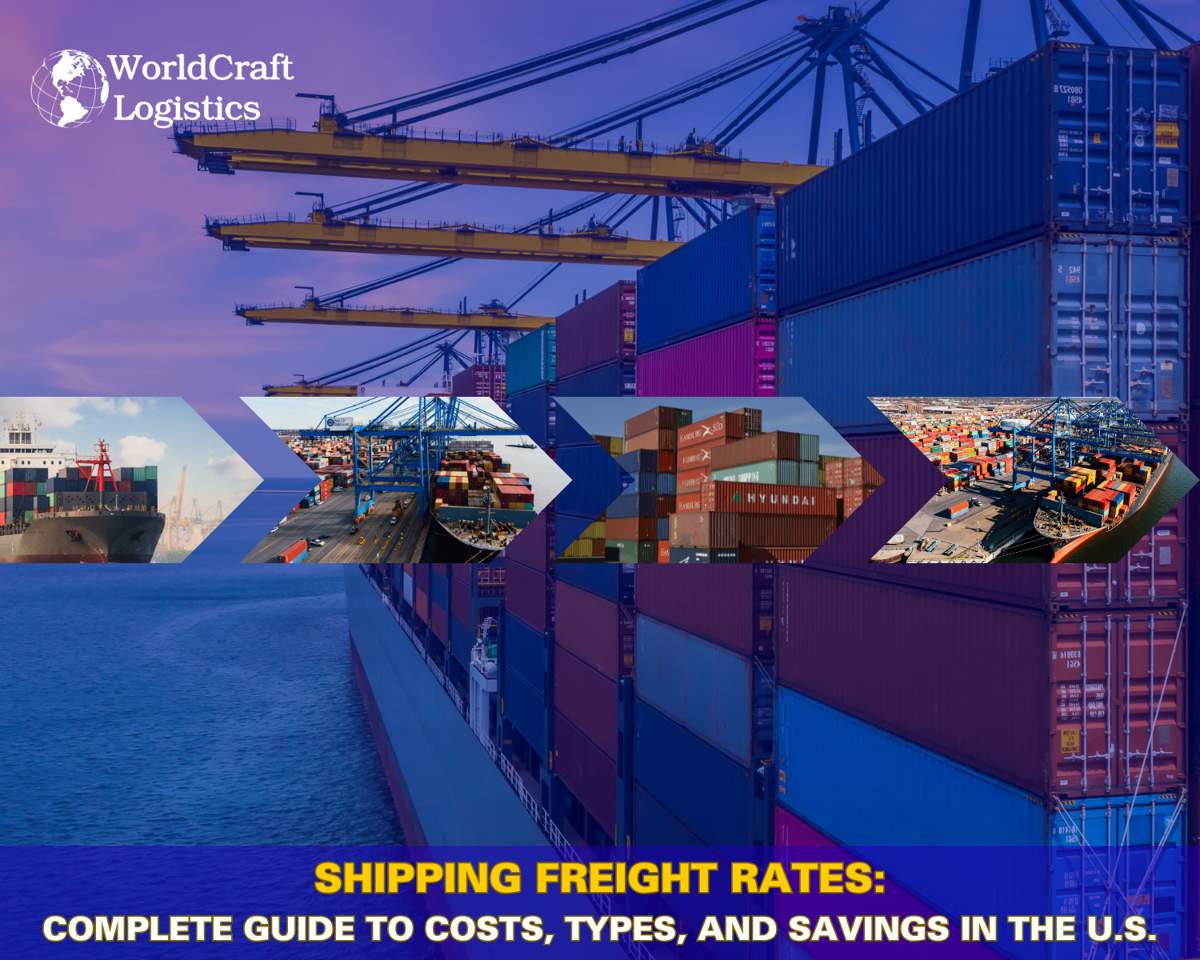
Education
09/09/2025